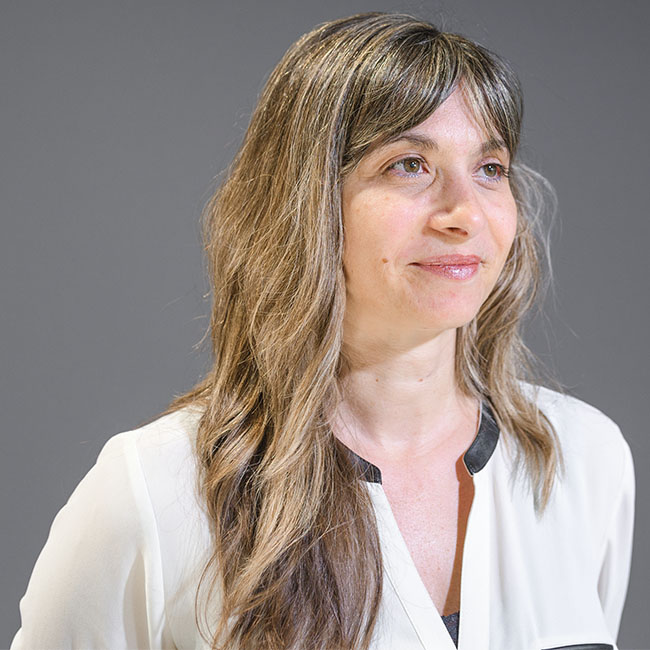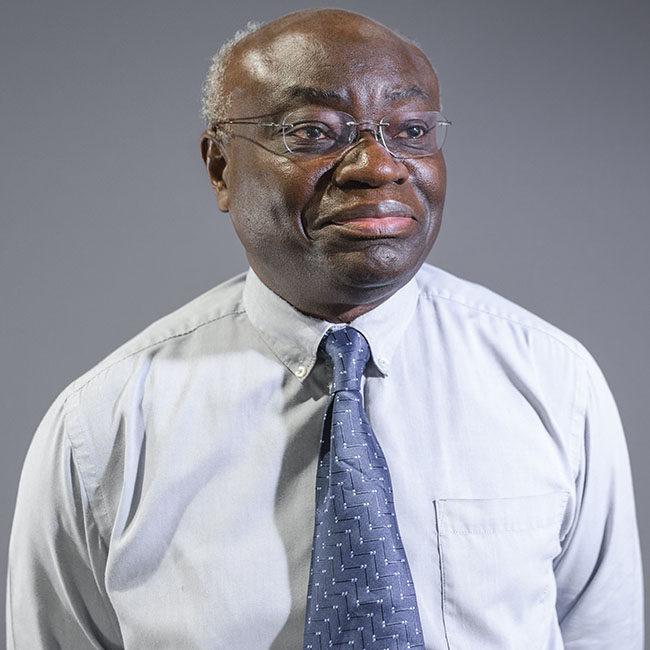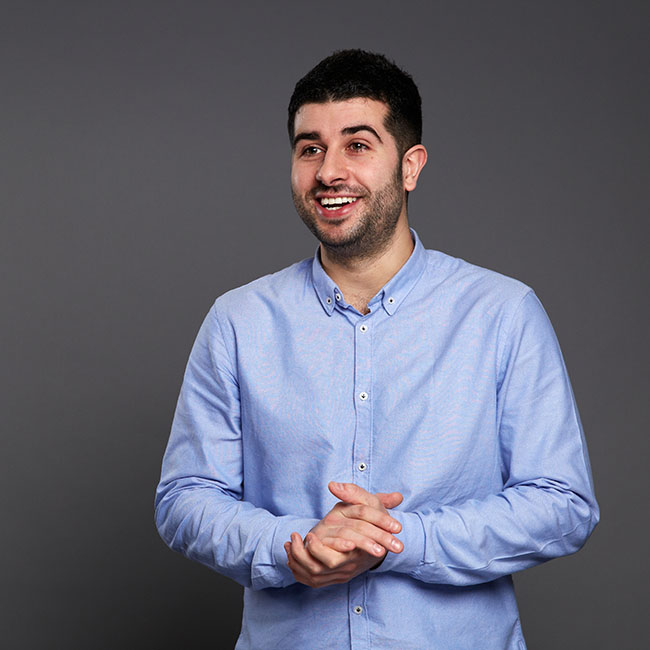The Bioanalytical Sciences Research Group which incorporates The Centre for Mass Spectrometry Imaging (CMSI) has an international reputation for the quality of its research. Led by Professor Malcolm Clench, we carry out research in the following areas.
Mass spectrometry imaging
Mass spectrometry (MSI) is a bioanalytical technique that can be used to study the distribution of both endogenous and xenobiotic compounds in biological tissue. In the most commonly used variant of this technique, a laser is used to sample the surface of the tissue and images are generated that contain information about both the amount of material present and its spatial distribution.
Our research is concerned with both the fundamental aspects of the technique and its application. A number of our projects are concerned with imaging the distribution of xenobiotics in biological tissue and measuring toxico/pharmacodynamic responses to exposure/treatment within in it.
Current projects are being supported by Innovate UK, Innovenn UK Ltd, Astra-Zeneca, Croda, The June Hancock Fund and DSTL.
Studies in this area are led by Professor Malcolm Clench with Prof Simona Francese and Dr Laura Cole.
Analysis of latent fingermarks
Identification of suspects via fingermark analysis is one of the mainstays of forensic science. Conventionally adopted techniques to enhance, recover and analyse crime scene fingermarks ultimately lead to an image of the fingermark ridge pattern which is then inputted in the police database for comparison and suspect identification. However there are a number of scenarios in which the desired output cannot be achieved, such as when
- the suspect has not been previously convicted, therefore the fingerprint will not be present in the database
- the crime scene fingermark is heavily smudged or distorted with scarce possibility of obtaining a clear ridge pattern image to compare
When choosing a successful fingerprinting technique, many factors must be taken into account, such as
- the components present in the fingermarks – which will change over time
- the environmental conditions the fingermark was exposed to
- the surface of deposition
We use MALDI-MSI to produce multiple images of the same recovered fingermark to generate a high-quality image to input in the police database by overlaying multiple images or selecting the best quality one. At the same time, chemical information is generated which could provide important investigative leads when the fingermark comparison is unavailable. This information can include the detection of both endogenous compounds normally found in fingermarks and exogenous contaminants, for example drugs, explosives and condom lubricants.
The research is supported by the Home Office and DSTL
Studies in this area are led by Prof Simona Francese.
Elemental Analysis, Imaging and Chemical Speciation
Plasma emission and mass spectrometry coupled with biochemical separation techniques are used to study the distribution of trace element-containing compounds in human body fluids and tissues. These investigations are of particular importance in the study of the distribution of metal-containing drugs and metabolites in biological tissues, and in the elucidation of the absorption mechanisms of both essential and toxic trace elements in human health and disease. Research is also undertaken in nutrition, agricultural and environmental chemistry. Techniques we employ are ICP-MS, ICP-OES, HPLC-ICPMS and LA-ICPMS.
Studies in this area are led by Dr Philip Gardiner, Dr Vikki Carolan and Dr Catherine Duckett.
Forensic toxicology and sports drug testing
Developing new methods for the detection of drugs and poisons in biological specimens. Alternative matrices such as hair samples are being used more routinely for drugs analysis over blood samples and these are of great interest due to their non-invasive nature. Hair can provide additional information, such as the drug use history of an individual stretching back for months. Toxicology and anti-doping are closely related and research focusses on these areas.
Using mass spectrometry to investigate metabolism and excretion of doping compounds. New compounds used to help aid performance (legally or illicitly) are emerging all of the time. These substances have often not been fully tested or evaluated either for their safety or how they are processed by the body. Studies can help to determine the pharmacokinetics of these drugs and provide the athletes with knowledge of their profiles. Recent work has looked at the detection of drugs, including social drugs and performance enhancing drugs, in hair samples using MALDI imaging and hyphenated techniques.
Studies in this area are led by Dr Tom Bassindale.







